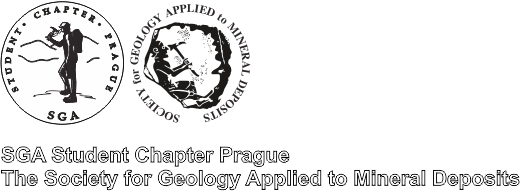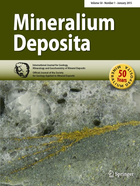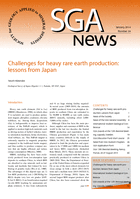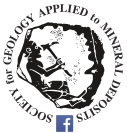Václav Santolík
“Everything is functional here,” says Vladimír Pravda showing us his “office” 300 meters below ground, where we got by a minecart. He is a member of a group of enthusiasts that bought the dilapidated Jílové mines a few years ago. With his coworkers, he spends weekends on restoring the clogged stoles and abandoned machinery.
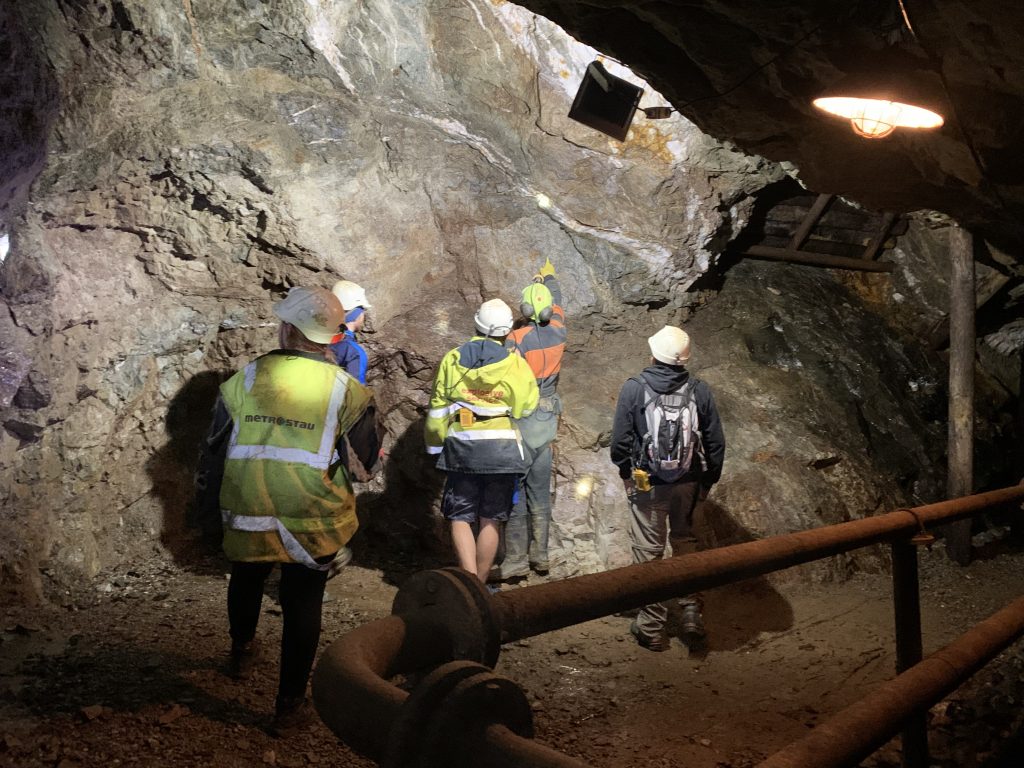
Gold mining has a long tradition in the Czech Republic. There are several historically famous mining districts like Jílové, Mokrsko, Kašperské Hory and Zlaté Hory. Unfortunately, all have been shut down during or shortly after the communist era. Currently exploration is proceeding at Zlaté Hory, however, the local socio-political situation does not favor any reopening of old mines.
The Jílové gold-bearing district was one of the most important areas of historical gold mining in Bohemia. The tradition of panning dates back to the period of Celtic settlement. In the 13th and 14th centuries, when gold was obtained mainly by deep mining with a total production of approximately 10 tons of gold, the Jílové district was probably the most profitable gold-bearing district in the Kingdom of Bohemia. Unfortunately, the mines with all documentation have been burnt during the husite wars in the 15th century. The profit from reopening in the 16th to 19th century and in the years 1938 – 1968 was not even close to that of the medieval times. Finally, the geological studies from the 1960s concluded that the mining would no longer be profitable.
The fame of the Jílové district may have been based on the fact that gold was often found here in the form of coarse-grained aggregates and irregular sheets weighing up to several kilograms. The gold is present in quartz and quartz-carbonate veins, often accompanied by sulfides (pyrite, arsenopyrite, etc.), tellurium and bismuth minerals, scheelite, etc. Gold-bearing deposits usually have simple mineral composition, however, 51 minerals have been described from the Jílové district – many of them are rare, often detectable only during microscopic research.

After several hours under ground, Vladimír wanted to provide us with some hands-on experience. “The country rock is very hard here, therefore, dynamite was used for digging the stoles. Here is a trigger that they used: you just need to spin the arm several times and push this button when it starts to blink,” he passes a small box to my friend. After my friend pushed the button, a staggering bang froze us. “I told you everything was functional here,” claimed Vladimír calmly. “This way, please. Before the smoke and dust reaches us.”

